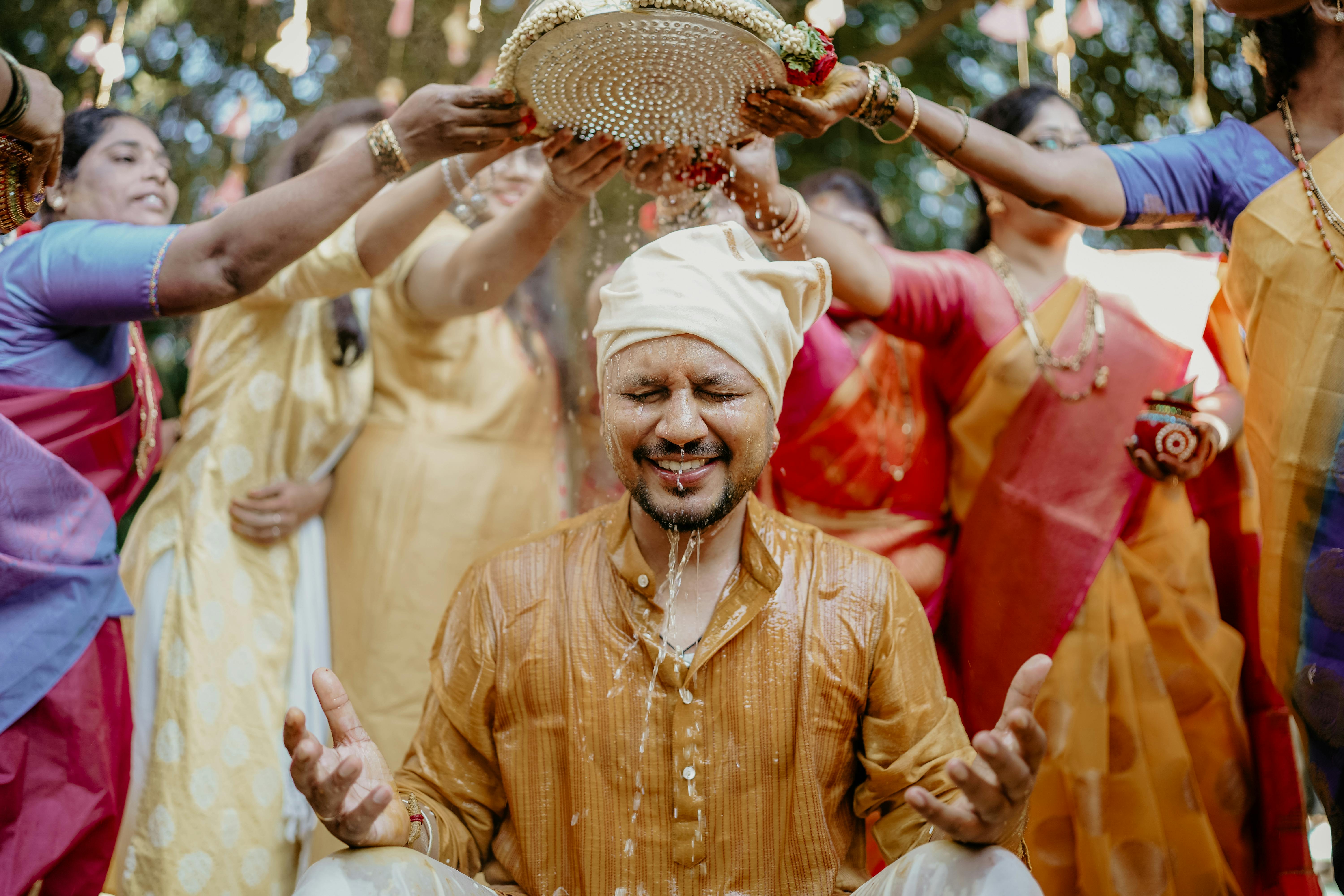It’s a great idea to incorporate bulgarian wedding customs into your special time to give it more breadth and significance. These kinds of traditions, which range from kneading in the bakery to tossing the bouquet mailorder russian bride and slicing of the pie, are deeply ingrained in history and culture and may add to the uniqueness of your marriage.
Many Bulgarian people have their own distinctive ceremony customs, some of which go back hundreds of years. Perhaps the Bible makes mention of a few of these! The wedding ceremony is typically held at the child’s parents ‘ house or in the chapel. Following that, there is a reception with food and music that is frequently held at the couple’s kids’ house.
The groom’s father and the best man frequently assist one another during a ritual known as “gelina” ( gee-lin-ay ). This is when the groom drives the wedding to his home in a customary horse-drawn vehicle, where he introduces her to the rest of the household by having her help with household tasks like cooking, spinning sheep, and laundry. It’s a method for him to express to his spouse that she is delightful in the novel house and that he has much faith in her to manage his home.

For a large wedding, Bulgarian ancestors used to drop flags, or wedding banners. They were typically positioned substantial in the couple’s home and pointed at the sunlight, wishing the newlyweds luck. The bridegroom would reach down a tree in the middle of the woodland to start the process of making the marriage flag. The tree’s selection was crucial because it needed to wolf berries and get good.
Another custom from weddings is when the bride’s family makes a plum flower, which is typically worn on the head. It is thought to bring great fortune and shield the wife from evil spirits. Some weddings even wear crimson on their mask to symbolize their ability to withstand challenges in their marriage.
The couple commonly signs their legal relationship documents outside the city department, either at the capital hall or at a designated outdoor location, after the religious ceremony is over. The bride and groom perhaps attempt to move on each other’s feet during the civil festival, which is thought to establish who will be in charge of the union.
The newlyweds are greeted with a piece of tradition bread that has been first salty and then dipped in honey following the signing of the paperwork. Liquid is also poured over the few by the bride’s family, which is another indication of well wishes for their coming. Some people likewise decide to use this chance to get their pictures taken in the conventional ceremony vehicle. Finally, the couple will be congratulated by every guest at the reception, whether it be at their parents ‘ residences or the wedding location. This portion of the festivity is frequently exciting and enjoyable. The bride’s sister, or “kuma,” moreover contributes significantly to the celebration by giving the few gifts and approving them.
